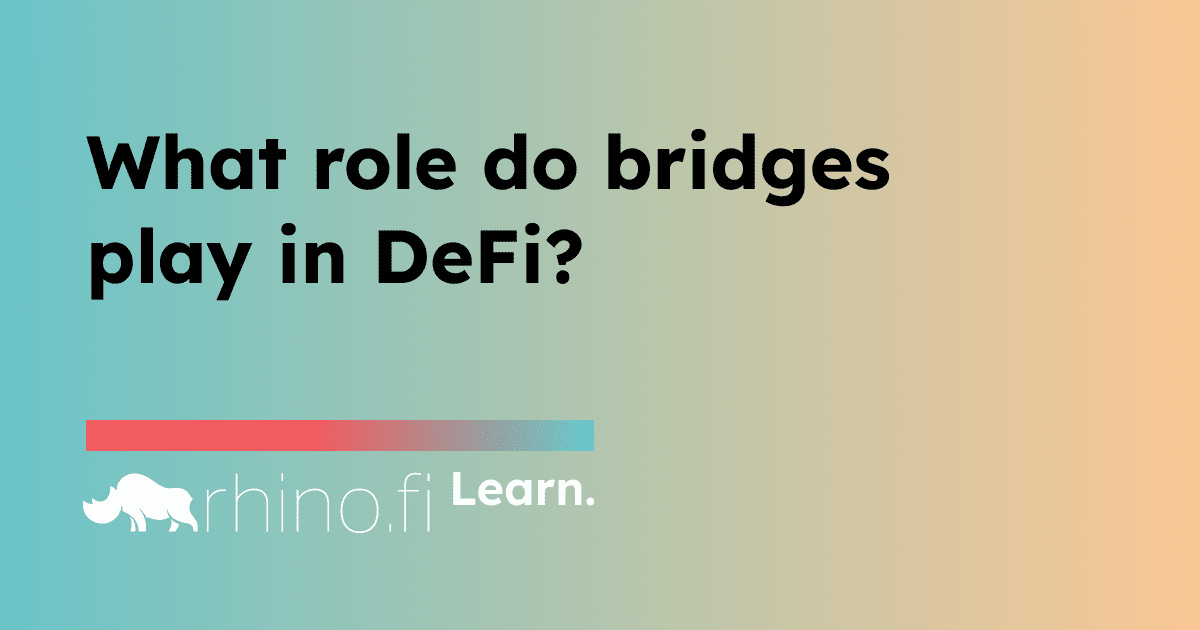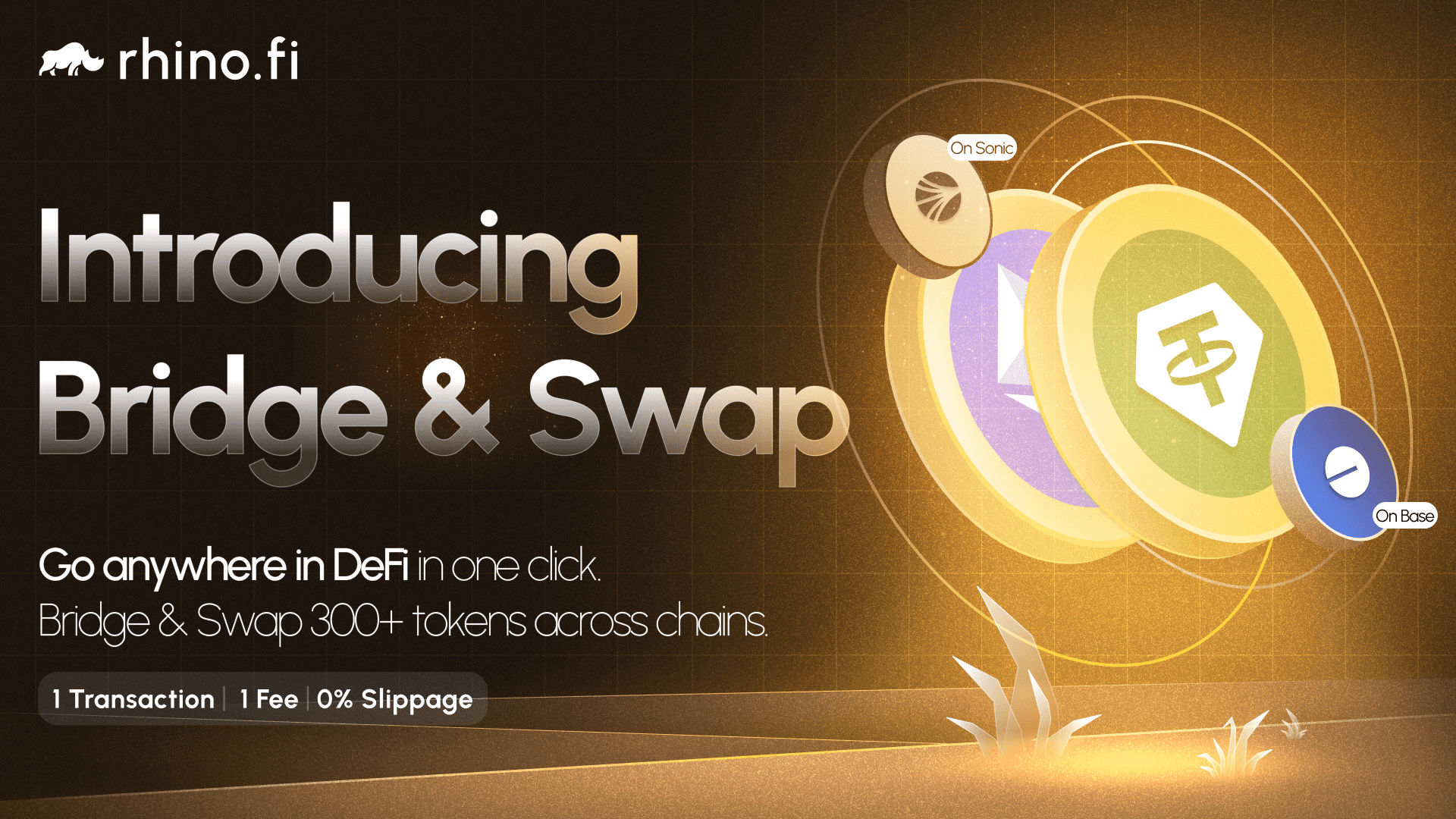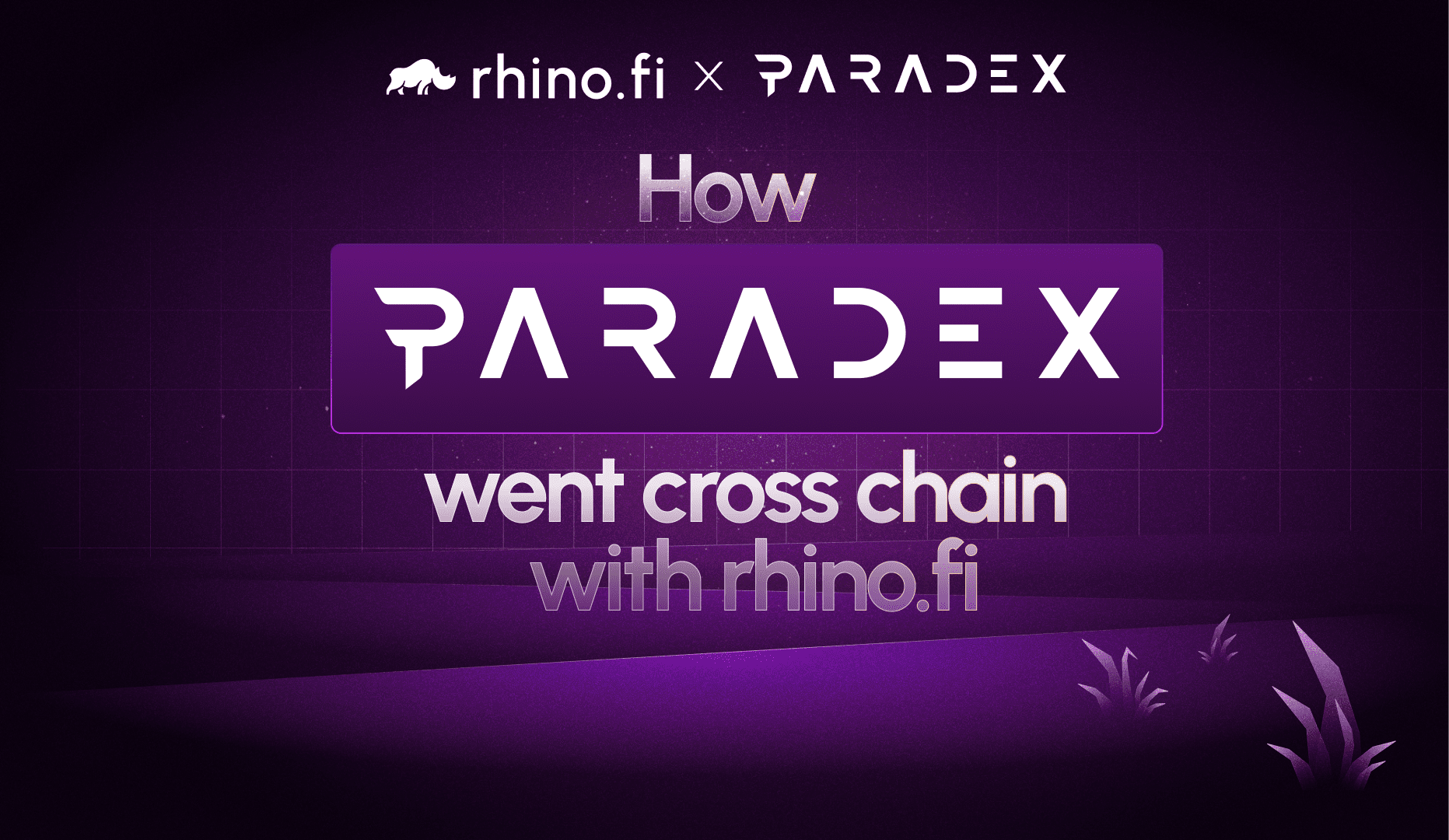Bridges allow DeFi users to transfer data, and value, across the global blockchain ecosystem. They don’t just connect one chain with another; they also connect layer 1 blockchains with rollups, side-chains and other satellite projects.
When users cross a bridge in DeFi, their funds are typically locked, or destroyed, on the destination side and new funds are minted, or created, on the destination side. These new assets are either identical to the old ones, or they’re an equivalent, coded to work with the new blockchain (Wrapped Bitcoin, a version of Bitcoin built to work on Ethereum, is an obvious example).
This allows people to access every blockchain and project in DeFi whenever they like, and enables demand to flow smoothly and fairly throughout the overall ecosystem, benefiting both individual users and the wider decentralised community.
Here, we’re going to look at the benefits of bridges for DeFi users and the community as a whole. If you’d like to read a more basic ‘how do crypto bridges work’ article, we’ve got one of those too, and it’s here.
What bridges mean for DeFi users
In DeFi, cross-chain bridges enable users to access a digital version of conventional financial products like assets, investments and lending opportunities, without a human intermediary controlling everything. As programmers expand the possibilities of smart contracts (the self-executing computer programmes that power DeFi), the breadth of these opportunities is increasing all the time.
Bridges enable users to move from one opportunity to the next, no matter their trading experience or technical expertise. Specifically, bridges allow users to:
- Buy crypto with fiat. One of the simplest types of bridge enables users to convert their old-school cash into crypto coins and tokens, so they can get started.
- Explore a new blockchain. Bridges enable users to try new blockchains using the money they’ve already invested in DeFi, without depositing more fiat. So, to go back to our previous example, Bitcoin users can explore Ethereum simply by bridging their BTC over for WBTC.
- Avoid endless wallets. If the destination blockchain is compatible with ERC20 (a programming standard created for Ethereum which has been adopted for several other chains), users can continue to use their existing wallet. All they need to do is switch networks.
- Get a faster, cheaper trading experience. Users can move their assets from a layer 1 blockchain to a layer 2 rollup, which can process transactions in bulk and doesn’t face the same traffic as layer 1.
- Access greater liquidity. DeFi has pioneered the concept of pre-filled, liquidity pools, which enable users to trade 24-7. Bridges enable traders to move more easily between these different liquidity pools, which means they can access a larger overall supply of liquidity, resulting in better prices and lower fees.
- Access specialist opportunities. As DeFi becomes more sophisticated, different blockchains and rollups are specialising in certain products. For example, BNB is great for small-cap tokens while Immutable is great for gaming. With bridges, users can home in on these specialisms and use different blockchains for different cases.
What bridges mean for DeFi as a whole
Based on what you’ve read so far, you might be thinking that bridges are similar to a foreign exchange platform in the old fiat world. In fiat, a Forex platform allows you to swap one country’s currency for another, so you can use it to explore new countries; in DeFi, a bridge allows you to move a token to another blockchain, so you can explore new ecosystems.
But this is under-playing the importance of bridges. Because, in the fiat world, all countries operate under the same financial system, and their currencies are designed to interact. In crypto, each blockchain essentially operates its own financial system, with a totally unique set of rules and code. So its native currency is not designed to interact with others.
This is a major problem for DeFi. Because, as we’ve said above, DeFi is about limitless opportunity with permissionless access. Everyone is supposed to be able to access whatever they want, whenever they want. But if blockchains can’t share their assets, this is impossible.
Cross-chain bridges solve this problem by creating inter-operability standards that enable blockchains to talk to one another without breaching the fundamental mission and values of DeFi.
In fact, they provide the following benefits:
- A better trading experience. As well as simplifying the process of wallet-creation and fiat transfer for early-stage traders, bridges enable decentralised financial exchanges, gaming platforms and NFT hubs to work on several different blockchains and provide a greater range of opportunities.
- A constant flow of liquidity. Bridges allow liquidity to flow from established blockchains to newer and less well-known projects as they create new opportunities, thereby keeping liquidity flowing throughout the ecosystem without the need to call on expensive financial institutions.
- A trustless form of exchange. Although some bridges are overseen by carefully selected overseers, many of today’s most popular bridges run purely on smart contracts, so there’s no need to trust a faceless intermediary while crossing over.
- Creativity. Developers from different blockchain ecosystems can come together and pool their creativity, building new platforms that work across different chains.
Above all, bridges allow DeFi to be as frictionless as conventional banks and centralised crypto exchanges. Users get the dynamism and democracy of decentralised finance with the simplicity of fiat, creating an experience which will pave the way to DeFi’s mass adoption.
Want to explore bridges in more detail? Check out the bridges we’ve built on rhino.fi. You can move your funds in as little as 30 seconds and reach some of the most promising ecosystems in crypto using our DeFi bridge aggregator.





